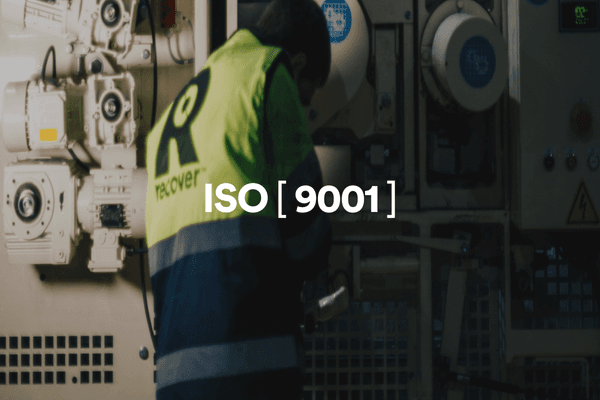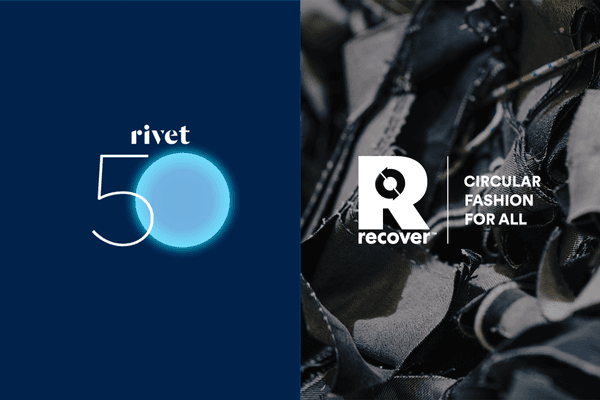Committed to Quality: Recover™ ISO 9001 Certified

Site map

A Life Cycle Assessment (LCA) measures the environmental impact of a product through every phase of its life – from production to waste (or recycling, etc.).¹ This data can be used to compare the environmental footprint of one product or material with another.
It is performed through a scientific method that measures the environmental footprint of a product. The result is a measurement of over 15 impact categories.
An LCA is far from simple – there are countless factors involved as you evaluate the potential environmental impacts throughout the entire life cycle of a product. This also includes the upstream (e.g., suppliers) and downstream (e.g., waste management) processes associated with the production, use phase, and disposal. It covers all relevant inputs from the environment (e.g., crude oil, water, land use) as well as emissions into air, water and soil.
At Recover™, as an agent of change, we believe that transparency is the foundation of meaningful progress. That’s why we continuously measure our impact through Life Cycle Assessment (LCA), ensuring that every step in our value chain is backed by data.
The Recover™ LCA is called 'cradle to gate' because it focuses on only the material stage of the full lifecycle of the final product, which can be a garment or another textile product. The methodology and data collection are executed in accordance with the “PEF Methodology” version 3.0 based on ISO 14040 and ISO 14044.
To calculate the LCAs of Recover’s products across multiple production facilities, we work with the Ecochain Helix foot-printing tool, supported by the Ecochain expert team. Before we can publicly communicate any of the LCA results, Ecochain creates an LCA report which we then submit for a third-party review. It is only after approval from a third-party reviewer, that we are able to share the data publicly.
By leveraging the Ecochain Helix foot-printing tool and working with the Ecochain expert team, we continue to provide measurable, third-party verified data to help our customers make informed, responsible choices. Using our new global LCA data, we can calculate that 1kg of Recover™ recycled cotton fiber makes the following savings vs conventional cotton¹:

At Recover™, we truly believe that with better data tracking and transparency, we can drive large-scale sustainable change in fashion.
References
¹ These figures are based on Recover’s verified Life Cycle Assessments (LCA), conducted at our production hubs in Spain (verified by EcoReview, 2022) and Bangladesh (verified by EcoReview, 2025). When communicating environmental savings, it is essential to reference the LCA, with this sentence: “Results calculated using our Recover™ LCA Spain & LCA Bangladesh verified by EcoReview (2022, 2025).”

